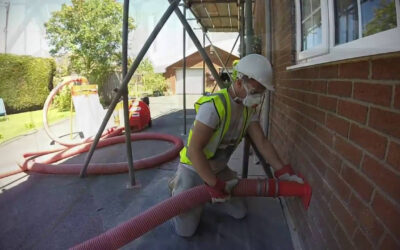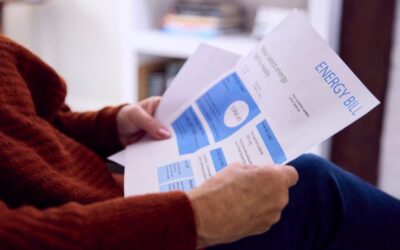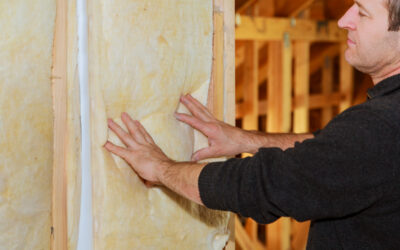Article updated on 23rd Jun 2024
I set out to make my house in Warwickshire more energy-efficient and warmer, a journey that was both challenging and rewarding. I hope sharing my experience helps others in the UK who want to do the same. In this article, I’ll cover what steps I took, what worked well, what didn’t, and what I would change if I could do it again. I’ll also include detailed advice and useful links to guide you through your own energy-efficiency improvements.
I started by researching different ways to save energy and reduce bills. Insulation, window upgrades, and a new heating system were my main focus areas. Some changes made an immediate difference, while others were less effective. Learning from mistakes was part of the process. My goal is to provide you with practical tips to make your home more comfortable and cost-efficient.
Checking My House
I started by figuring out where my house was losing heat, using a DIY approach with help from the Energy Saving Trust. It became clear the biggest culprits were the attic and the windows. Doing the audit myself was informative, but I later realized a professional might have caught more nuanced issues, like minor drafts and thermal bridges, that DIY guides don’t always cover.
- What worked: Identifying the major heat loss areas myself.
- What didn’t work: Possible oversight of smaller heat loss points.
- What I’d do differently: Hiring a pro for a detailed energy audit could uncover more ways to save heat and money.
Making My House Warmer
The attic got a new layer of foam insulation, a decision backed by advice from Which?. This upgrade was straightforward, and the effects were immediately noticeable. The house stayed warm longer, even in the depths of winter. Wall insulation was a different story. My house’s unique structure made standard solutions less viable. It was only afterwards I learned about the ECO4 Scheme and Great British Insulation Scheme, which offer financial support for such improvements.
- What worked: Attic insulation with foam was a hit.
- What didn’t work: Wall insulation was tricky due to structural challenges.
- What I’d do differently: Research government grants for wall insulation to possibly get it done for free or at a reduced cost.
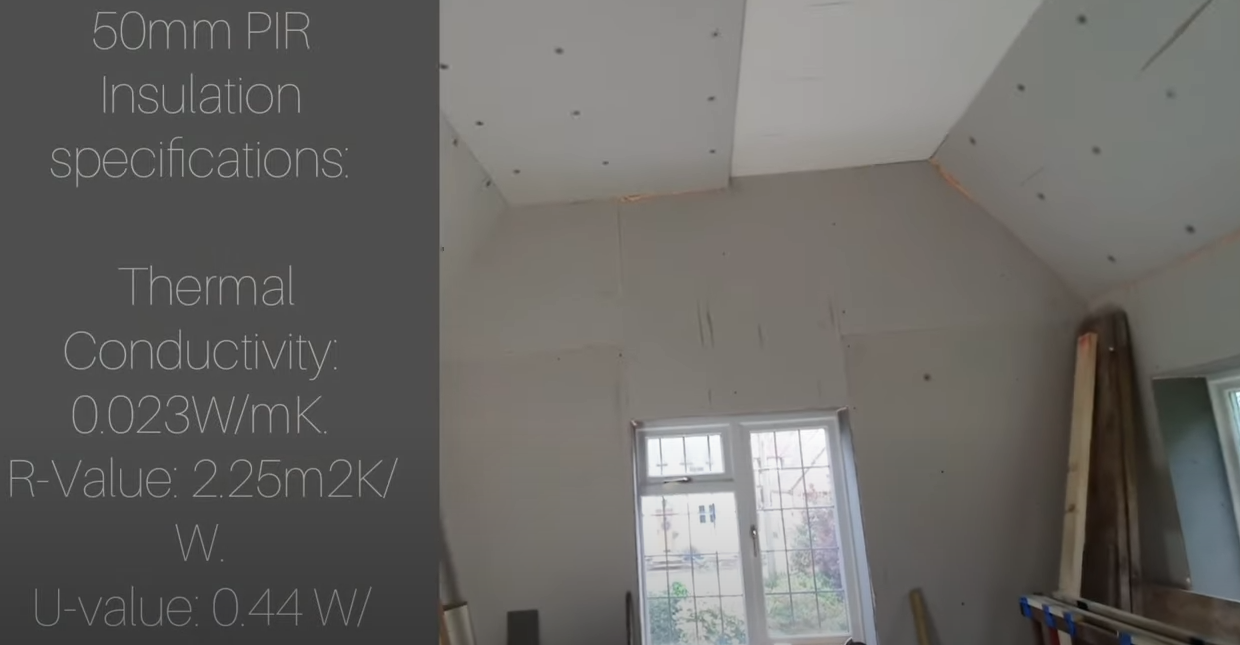
Windows and Doors
Next, I tackled the windows, upgrading from single to double glazing through a reputable local supplier. This not only kept the house warmer but also enhanced its look. Draft-proofing the doors with sealing strips was effective, but aesthetically displeasing. They stopped the drafts but looked out of place on my front door.
- What worked: Double glazing significantly improved heat retention.
- What didn’t work: Sealing strips were an eyesore.
- What I’d do differently: Look for more visually appealing draft-proofing solutions for the doors.
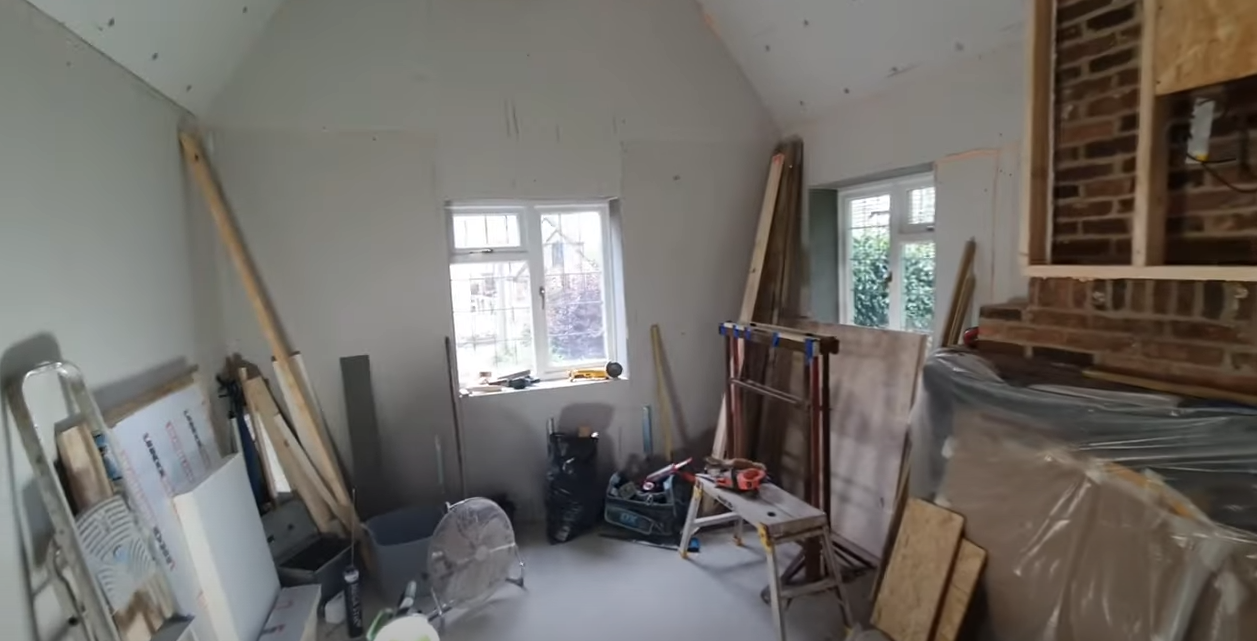
Heating Better
Keeping the heating system in top shape with annual checks from British Gas was a good move. But the game-changer was installing a smart thermostat. It allowed for better control over heating and helped cut down on energy use. I rushed into choosing a model, though. A deeper dive into the options might have found one that fit my needs even better.
- What worked: Regular maintenance and smart thermostat installation.
- What didn’t work: Not comparing enough smart thermostat models.
- What I’d do differently: Spend more time researching to find the perfect smart thermostat.
Using Green Energy
Exploring solar panels and heat pumps, based on advice from the Renewable Energy Hub UK, showed me the potential for long-term savings. The upfront cost was steep, but it’s an investment in future energy independence. Fitting these systems into an existing home setup proved more complex than anticipated, highlighting the need for expert guidance early on.
- What worked: Investing in renewable energy sources for future savings.
- What didn’t work: Underestimating the complexity of integrating new systems.
- What I’d do differently: Consult with a renewable energy expert before starting.
Small Changes
Finally, small habits made a big difference. Being smarter about when and how I used curtains and adjusting thermostat settings helped retain heat. Not all curtains are created equal, though; I learned that the hard way. Investing in thermal curtains from the start would have been more effective.
- What worked: Smart use of curtains and thermostat adjustments.
- What didn’t work: Regular curtains didn’t cut it.
- What I’d do differently: Start with thermal curtains for better heat retention.
To Wrap Up
Improving my home’s warmth and energy efficiency was a big learning experience. Some things worked right away, while others taught me lessons for the future. If you’re thinking of doing the same, my advice is to take your time researching, get some professional advice, and use support like government grants. With careful planning, making your home more energy-efficient is doable and worth it.
Start with an energy audit to find out where your home is losing the most energy. Simple fixes like draught-proofing doors and windows can make a big difference. Don’t hesitate to invest in bigger projects like better insulation or energy-efficient appliances; they can save you a lot of money in the long run. Stay updated on new energy-saving technologies and methods, as they can offer new ways to save energy and reduce costs.



